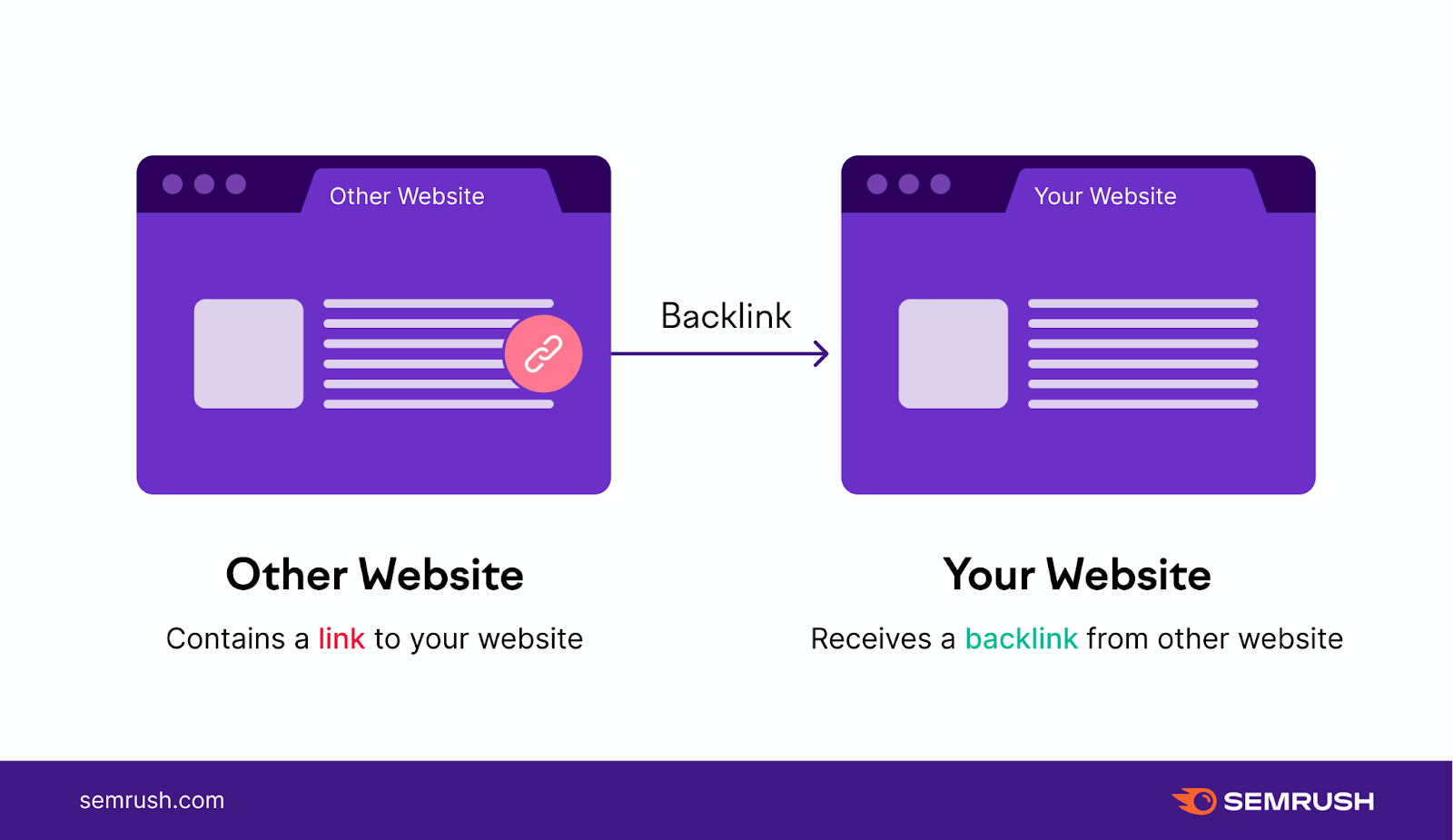What Is SEO?
Having a website alone won’t bring traffic. Sometimes, diagnosing why your site is not getting the traffic you want can be difficult.For that reason, you might consider improving SEO. You could hire an in-house SEO specialist, a marketing agency, or a freelance SEO. You could also do the work yourself.Understanding the types of SEO can help you choose the right services to boost your website’s visibility. This knowledge can also help you fix issues on your own before passing the rest to a specialist.
What Are the Types of SEO?
Three main types of SEO exist:
- On-page SEO: Actions you take with website content to improve rankings (for example, using relevant keywords).
- Off-page SEO: Actions that happen outside your website to improve rankings (for example, building backlinks).
- Technical SEO: Actions on the technical side of your site (for example, improving page speed).
Let’s look at each type more closely.
On-Page SEO
On-page SEO focuses on the content of your website. Search engines favor content that is easy to find, easy to understand, and genuinely helpful.
Examples of on-page SEO services include:
- Assigning a target keyword to each important webpage
- Optimizing page titles for those specific keywords
- Updating item descriptions in an online store
- Adding fresh content to a blog
- Restructuring an old article or service page
- Adding structure to content with correct HTML tags
- Creating a content plan for each stage of a customer journey
If the content on your site doesn’t target keywords or is generally unhelpful, you may need better on-page SEO.
Off-Page SEO
Off-page SEO addresses factors that occur outside your website and can influence your site’s rankings. One major off-page factor is high-quality backlinks.

Here is an example of how to strengthen off-page SEO: First, you research and publish an informative article about cat allergies on your website. Then, another website cites your article in a study about common household-pet allergies and links to your site.
That link becomes your backlink, which may boost your SEO. Search engines, such as Google, often see backlinks from reputable sites as a positive signal.
Off-page SEO involves more than backlinks. It can include:
- Managing social media
- Conducting outreach and digital PR
- Creating content for other platforms (such as YouTube)
- Managing reviews
- Monitoring spammy backlinks that could hurt SEO
If nobody is visiting your website because nobody is talking about it, you may need stronger off-page SEO.
Technical SEO

Technical SEO addresses backend site factors that affect crawlability, user experience (UX), and site speed. Good technical SEO lets both search engines and people navigate your site easily.
Slow-loading pages, broken images, or poor navigation hurt user experience and reflect bad technical SEO.
Common technical SEO tasks include:
- Conducting a technical site audit
- Finding and fixing duplicate content
- Using a robots.txt file to guide Google on how to crawl your site
- Creating a clear sitemap
- Optimizing code and file sizes for faster page loading
- Managing a crawl budget
- Migrating a website
- Making the site mobile-friendly
A key part of technical SEO is ensuring that both humans and search engines can access your important pages. For instance, a clear and useful site architecture helps everyone find and understand your content.

